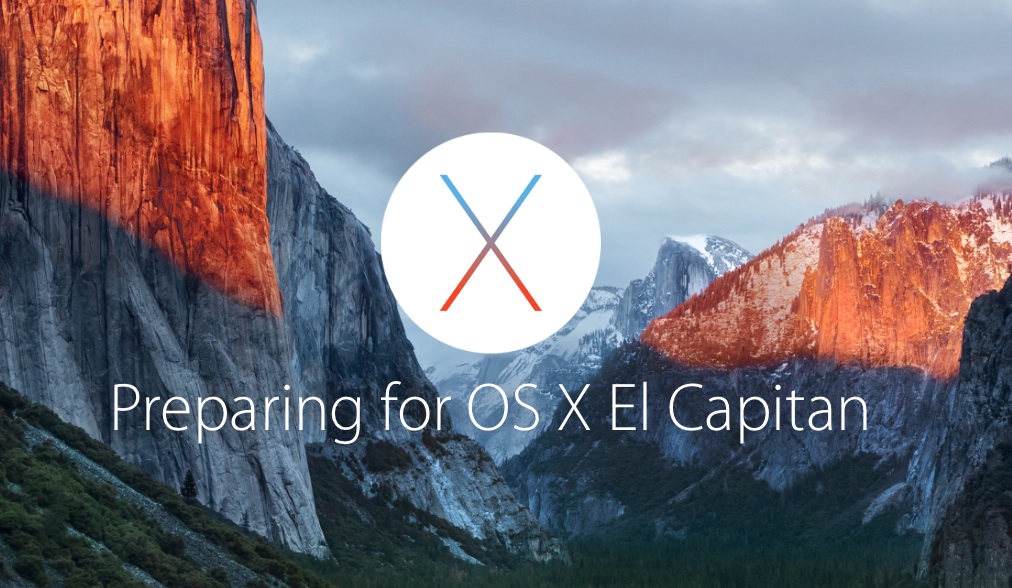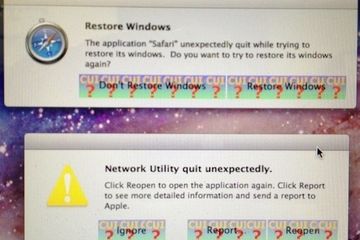

- #HOW CAN I UPGRADE MY MAC OS X HOW TO#
- #HOW CAN I UPGRADE MY MAC OS X INSTALL#
- #HOW CAN I UPGRADE MY MAC OS X UPDATE#
- #HOW CAN I UPGRADE MY MAC OS X PATCH#
- #HOW CAN I UPGRADE MY MAC OS X PRO#
Upgrading from 10.7 “Lion” (or 10.6.8 “Snow Leopard”) to 10.8 “Mountain Lion” Mountain Lion system requirements:Įarliest Mac models supported: Mid-2007 iMac, Late 2008 or early 2009 MacBook, mid-2007 MacBook Pro, late 2008 MacBook Air, early 2009 Mac Mini, or early 2008 Mac Pro If you already have Lion installed and you need to reinstall it, though, hold down Option and click on the Purchased tab in the Apple Mac Store to see the download link again.

You have to upgrade straight to Mountain Lion. And in fact, you can no longer upgrade to Lion, as it’s been removed from the Mac App Store as of July 2012. Once you do that, and you have the Mac App Store installed, go there to upgrade. That said, you first need to ugprade to 10.6.6 or 10.6.8 through Apple’s support website. You have to upgrade digitally, or not at all - meaning 10.6.6, the earliest version to support the Mac App Store, is also the earliest version that can upgrade digitally to the newest version of OS X.
#HOW CAN I UPGRADE MY MAC OS X UPDATE#
Prior to this, you could update the same version of OS X online through Apple’s Support Download section of its website, but you couldn’t go to the next major version without the DVD.Īnd in fact, there are no DVDs for 10.7 Lion and newer versions of OS X. That’s because 10.6.6 is the first OS X version to introduce the Mac App Store, which enabled online upgrading from Macs across major versions.

#HOW CAN I UPGRADE MY MAC OS X PATCH#
You have to patch Snow Leopard all the way to 10.6.6 first on Apple’s website (and Apple recommends going all the way to 10.6.8). You can’t go straight from the earliest version of Snow Leopard to Lion. Upgrading from 10.6 “Snow Leopard” to 10.7 “Lion” Lion system requirements: Note that 10.6 Snow Leopard is the minumum version to be able to run our Mac optimization app, MacReviver. If you have any Intel Mac, just put the Snow Leopard DVD in the drive and follow the instructions to upgrade.Īs we said earlier, if you still have a Power PC Mac, you’re stuck at 10.5 Leopard, as that was the last version to officially support non-Intel Macs. This DVD is also the only way for Macs with older versions of OS X to gain access to the Mac App Store and upgrade past Snow Leopard. Snow Leopard is the last verison of OS X available strictly by DVD. Upgrading from 10.5 “Leopard” to 10.6 “Snow Leopard” Snow Leopard system requirements: If you have an early Intel-based Mac, it’s wiser to skip Leopard and go straight from Lion to Snow Leopard - assuming you meet the memory and hard drive requirements. Still, there’s a lot you will no longer be able to do on your Mac until you get a more recent, Intel-based machine. Leopard is the last version of OS X that supports PowerPC Macs, so it’s a good idea to have this latest version. If you’ve got an older PowerPC Mac that you’d like to upgrade all the way, put the 10.5 Leopard DVD in the drive and follow the instructions.
#HOW CAN I UPGRADE MY MAC OS X HOW TO#
If an error occurs while installing an update or upgrade, find out how to resolve installation issues.Here’s a guide designed for all Mac users, that takes you through upgrade paths for all the latest versions of OS X. If you downloaded any apps from the App Store, use the App Store to get updates for those apps. When Software Update says that your Mac is up to date, macOS and all of the apps it installs are up to date, including Safari, Messages, Mail, Music, Photos, FaceTime and Calendar. Software Update will only display upgrades that are compatible with your Mac. Upgrade Now installs a major new version with a new name, such as macOS Monterey.Update Now installs the latest updates for the currently installed version, such as an update from macOS Big Sur 11.5 to macOS Big Sur 11.6.If your System Preferences doesn't include Software Update, find out how to upgrade to macOS Monterey or upgrade to an older macOS, and use the Updates tab of the App Store app to get app updates. In the System Preferences window, click Software Update.From the Apple menu in the corner of your screen, choose System Preferences.
#HOW CAN I UPGRADE MY MAC OS X INSTALL#
Then follow these steps to find and install any available software updates or upgrades.

Before getting started, it's a good idea to back up your Mac.


 0 kommentar(er)
0 kommentar(er)
